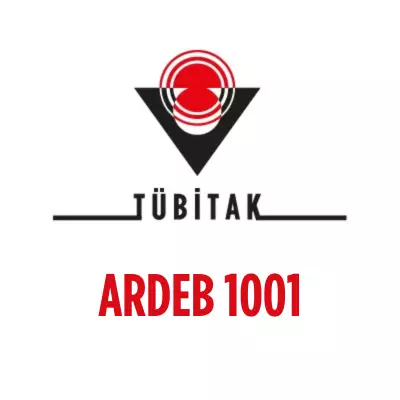Nowadays, concrete produced from Portland cement is used in a very wide area. However, against acid and sulfate effects; in cases where it is desired to improve creep and shrinkage properties; against fire effect; In some cases exposed to alkali-aggregate reactions and in need of high pressure, bending and tensile strength, alternative concretes are needed. Studies in recent years reveal that geopolymer concrete (GPC) has superior properties compared to Portland cement concrete (PCC). In every area where PCC is used, strength and behavior should be determined by tests in order to be able to use GPC. The demand for concrete is increasing exponentially in today's world where the construction is increasing day by day. Production of PCC increases CO2 emission, which plays an important role in increasing the effect of greenhouse gases in the atmosphere. Approximately one ton of CO2 is emitted into the atmosphere to produce one ton of Portland cement. 7-8% of the total CO2 emission in the world is caused by Portland cement. For these reasons, researches for the use of fly ash material in the waste product class in concrete production are important in terms of making concrete more environmentally friendly. The aim of the research is whether the GPC can be used instead of the PCC and what might be its superior and weak features if it is used. In this case, experimental and analytical studies are required to determine the strength and behavior of GPC on reinforced concrete structures. For this reason, the purpose of the study is; comparing the strength, crack formation, deflection and ductility of reinforced concrete elements to be produced from fly ash based GPC with reinforced concrete elements with the same geometric conditions and reinforcement ratios to be produced from the PCC and to verify the experimental results with the help of software that calculate analytically according to the finite element method. As a result, the study is based on determining whether the targeted GPC can be used instead of the PCC and investigating the compatibility of today's reinforced concrete calculation and construction rules to GPC. The experiments will be carried out on the most fundamental reinforced concrete bearing elements, columns and beams. It is aimed to investigate the effect of pressure and eccentric loading in columns and bending and deflection conditions in beams. Two of the GPC mix formulas determined by the experience obtained from the preliminary studies will be selected and compared among themselves. In addition, two different situations will be considered in terms of curing technique. In order to make a different reinforcement ratio comparison, the evaluation will be made in sections with three different reinforcement ratios for beams and two for columns. In the columns, the axial pressure force will be applied in two different ways, with a minimum eccentricity and an eccentricity of three times the minimum value. A total of 15 beams and 20 column tests, including samples to be produced from PCC, will be carried out. This material, which is more reliable in fire effects and earthquake-resistant design, will contribute to the quality of life. Since it is a material resistant to environmental effects, it will be long-lasting if it is used in reinforced concrete structures and will also contribute to environmental and energy saving thanks to the utilization of waste materials. It is a material with properties that can strengthen the hand of our contractor companies in the global market. Undoubtedly, this material will contribute to employment in the construction sector, which is the locomotive of our country's economy. Thanks to gaining its concrete strength of 28 days in only 24 hours, it will contribute to the protection of border security in reinforced concrete structures to be used in concrete block wall construction works or base works in military field.
